Students develop personal signatures for beyond high school
Since the sixth century, signatures have been used to mark a person’s involvement with an agreement, document, or idea. From the Constitution to everyday permission slips, signatures are used daily and are a unique part of a person.

As teenagers turn the legal age of 18 years old, signatures are required by countless organizations, businesses, and government documents. Driver’s licenses, letters, checks, and more demand the use of a signature. This one autograph will be used to represent an individual for the rest of their lives.
Relationship banker at Bank of America Michael Vaquera shares the effects signatures have on the workplace and tips for teens and adults when creating a signature.
“In our particular work, signatures are really important because it contains verifying a lot of different documents that come through, especially checks,” Vaquera said. “In order for us to make sure that there is a valid document in front of us, a signature is usually required by whomever wrote the document. Seeing that consistent signature helps us come to the conclusion that the person that actually signed it is who they say they are.
“For teenagers, keep your signing consistent,” Vaquera continued. “But don’t make it to where it’s difficult because it’s a lot easier to focus on what your doing since you don’t have a lot of things to sign. When you get older, it’s going to be really annoying if you have a really flowery signature that you have to sign a bunch of stuff with. The signature is who they are on paper.”
A signature is the way and style in which someone signs their name. The use of cursive, dots, symbols, and lines are all part of the creative process to produce a signature. Signatures appear on debit and credit cards as well. They have the power to reveal identity and prevent identity theft.
Parents sign for their children until they are not minors anymore. Once young adults gain a credit or debit card, they can sign for themselves. Signatures can be used to sign on anything, but people need to be careful about signing their life away.
Morgan Parker, ’21, interviews Michael Vaquera from Bank of America about the importance of signatures, Sept. 3.
Senior Bethany Pouliot realizes the significance that signatures bring for young adults. Pouliot possesses a credit card and an I.D. that she uses often.
“Signatures are so important because you use it everyday,” Pouliot said. “It’s needed while signing off on a package or a purchase at a store. Just about any credit card payment requires a signature. They are used on credit cards and debit cards. I am not exactly pleased with my current signature because I cannot land on one that I like, so it’s different every time I sign. My go-to would be printing my name which works for me because its clean and neat. You sign many important things with a signature that has your name attached to it.”
Signatures are supposed to stay the same unless names are changed or other circumstances. If one cares about identity theft, experts encourage them to create something that cannot be recreated easily. According to Atoz Handwriting, a signature commits you to anything you sign and is the center of people’s identity.
John Hancock, president of the Continental Congress in 1776, is remembered by his large, cursive signature on the Declaration of Independence. It became popular after people began to call a signature a “John Hancock”. A historical myth states that Hancock wrote his signature so large to show his distain for the monarchy so King George could read it without glasses on.
It is important to keep signatures consistent. Just signing a name randomly on a digital device while ordering will result in rejection if it does not match. Signatures are a representation of someone’s true identity. People can style their signature in any way to show who they are. Most people create signatures that are not true to themselves which can result in a struggle to keep it the same.

Stuart Chandler uses signatures throughout his job as one of Central California’s leading trial lawyers. All documents used in the government require authentic signatures from professionals.
“Lawyers who handle court cases are regularly signing declarations under penalty of perjury,” Chandler said. “We have to sign to confirm that what we are writing is true. Signatures can make a lot of damage and a lot of good. A friend of mine was being sued for signing a contract and not paying the money, but he said he never signed it. We hired a handwriting expert and we found that it was not signed by him. We were able to convince the lawyer to dismiss the lawsuit.
“I think my own signature shows a trait of mine which is being in a hurry,” Chandler continued. “I quickly scribble which is not easily read. I think almost everyone, at times, signs things without thinking and without reading what they are signing.”
Signatures are a huge part of work for lawyers, notaries, and politicians. In recent years, the federal courts and some state courts have done away with requiring signatures on papers filed with the court; lawyers just have to type their name at the end.
Jacob Scully, ‘19, uses his signatures to fill out papers from school. Scully shares what he understands signatures to represent.
“I use my signature whenever I’m filling out paperwork or simply signing school papers or assignments,” Scully said. “The way you sign shows the manner in which you present your name. It resembles a quick scribble, or even a neat, legible signature. They are very important nowadays because it shows approval of whatever you signed. It is a permanent statement which is easily expressed by a quick stroke of a pen.”
Though the world is turning more technology oriented, the handwritten signature continues to be a valuable source of identity and personalization. People everywhere seek guidance from professionals to create and maintain the correct signature.
Morgan Parker can be reached via email and via Twitter.
For more articles, read COLUMN: Alexander Rurik shares story of name or concussions pose short, long term health threats








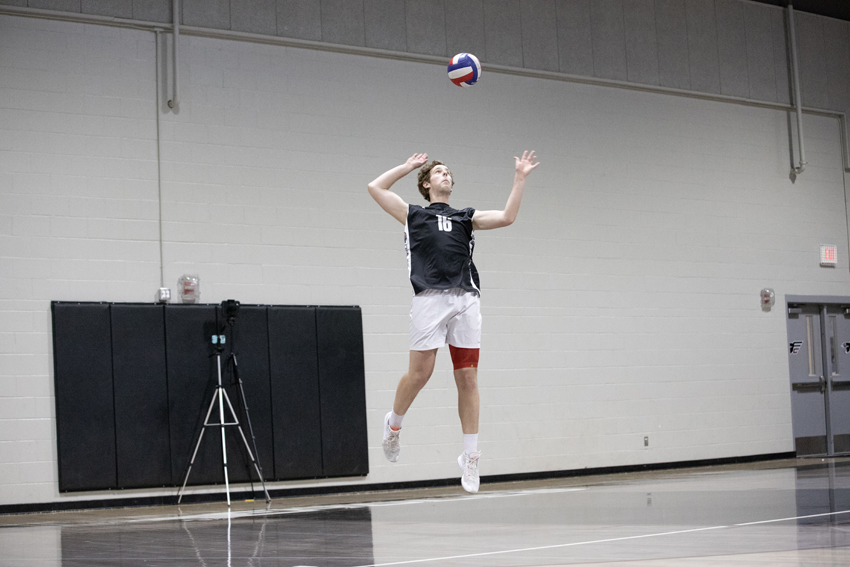
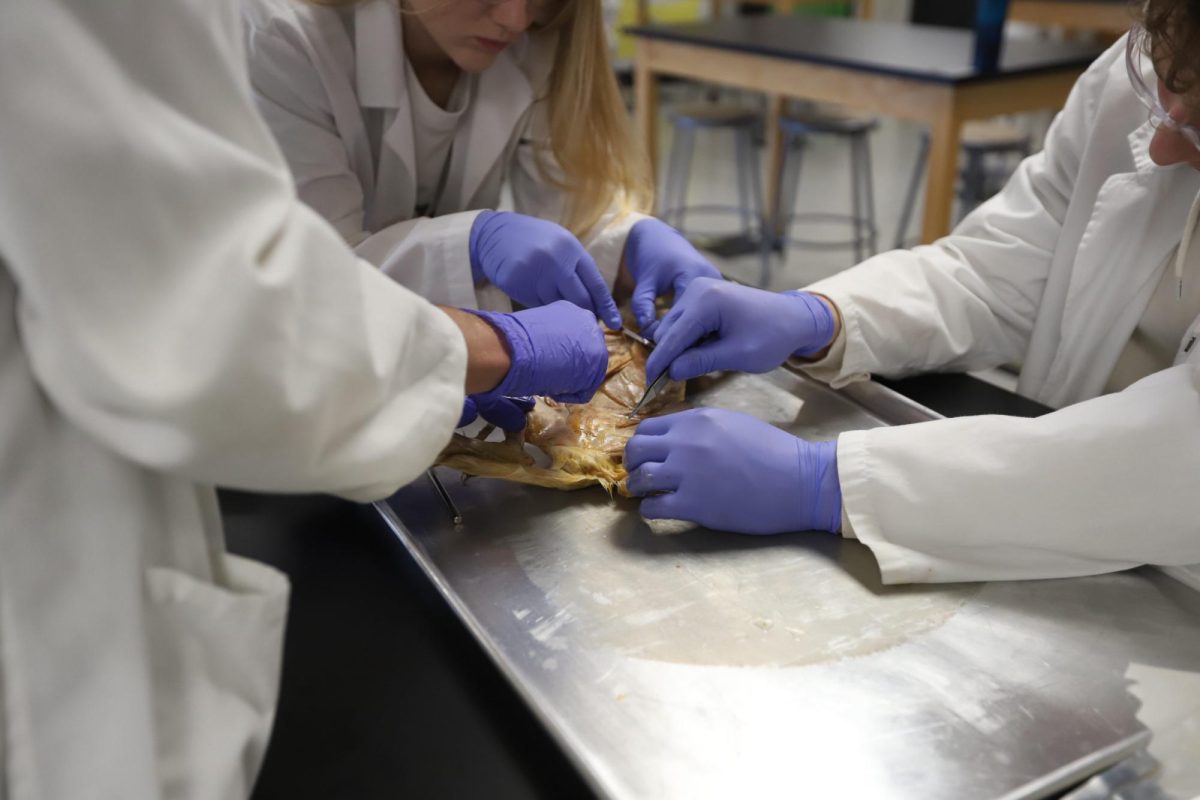
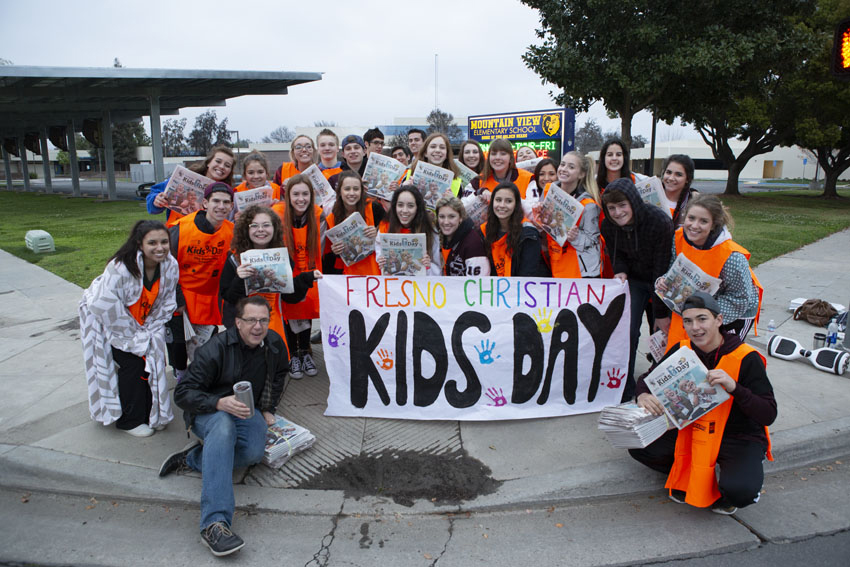
![[Video] 100th CSPA Spring Journalism Conference](https://thefeather.com/wp-content/uploads/2024/04/20240308-cspa-crown-002.jpg)
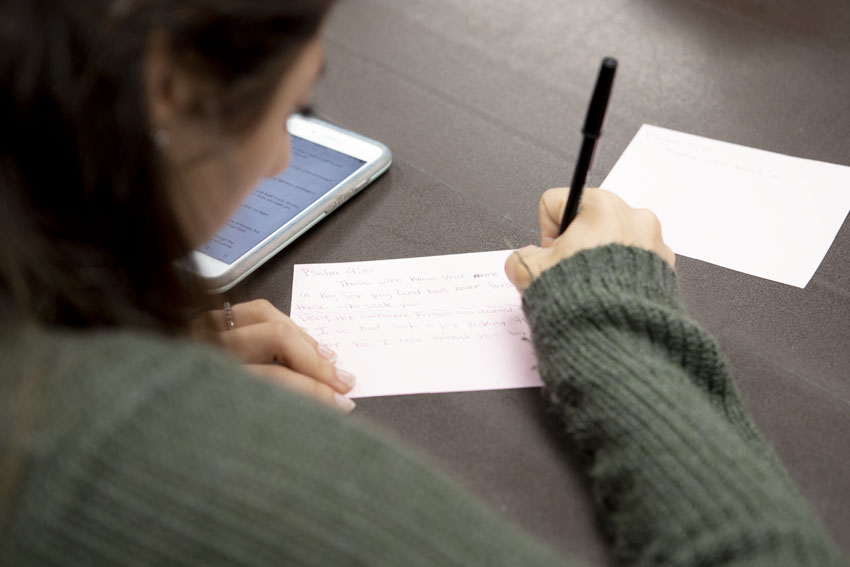



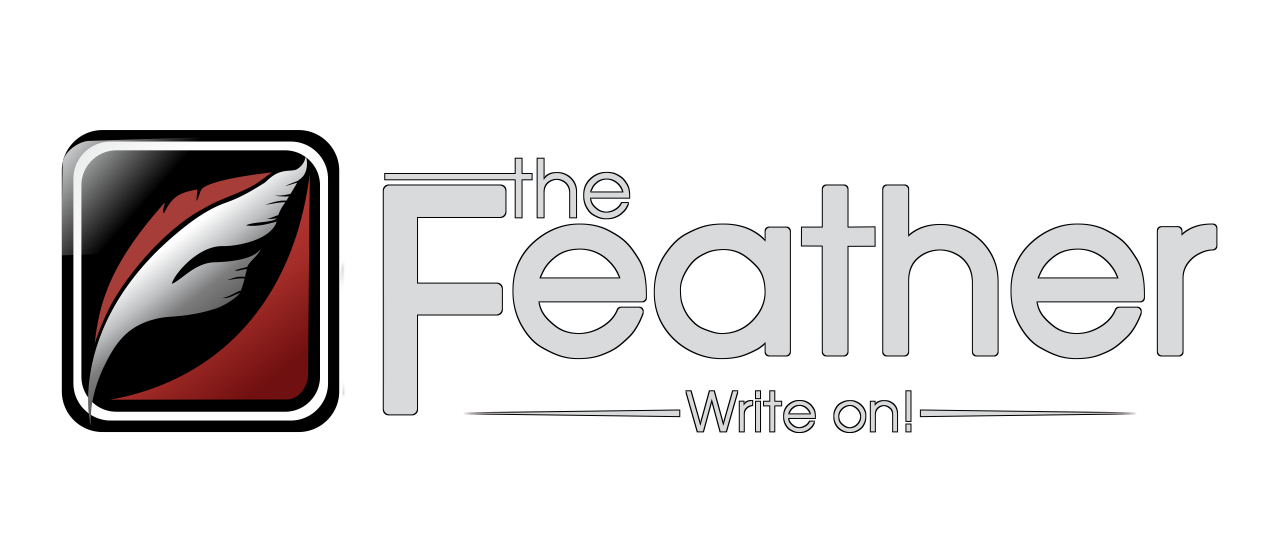

Annabelle Messer • Nov 6, 2018 at 7:38 pm
Great Article Morgan!! Very informational and interesting!!